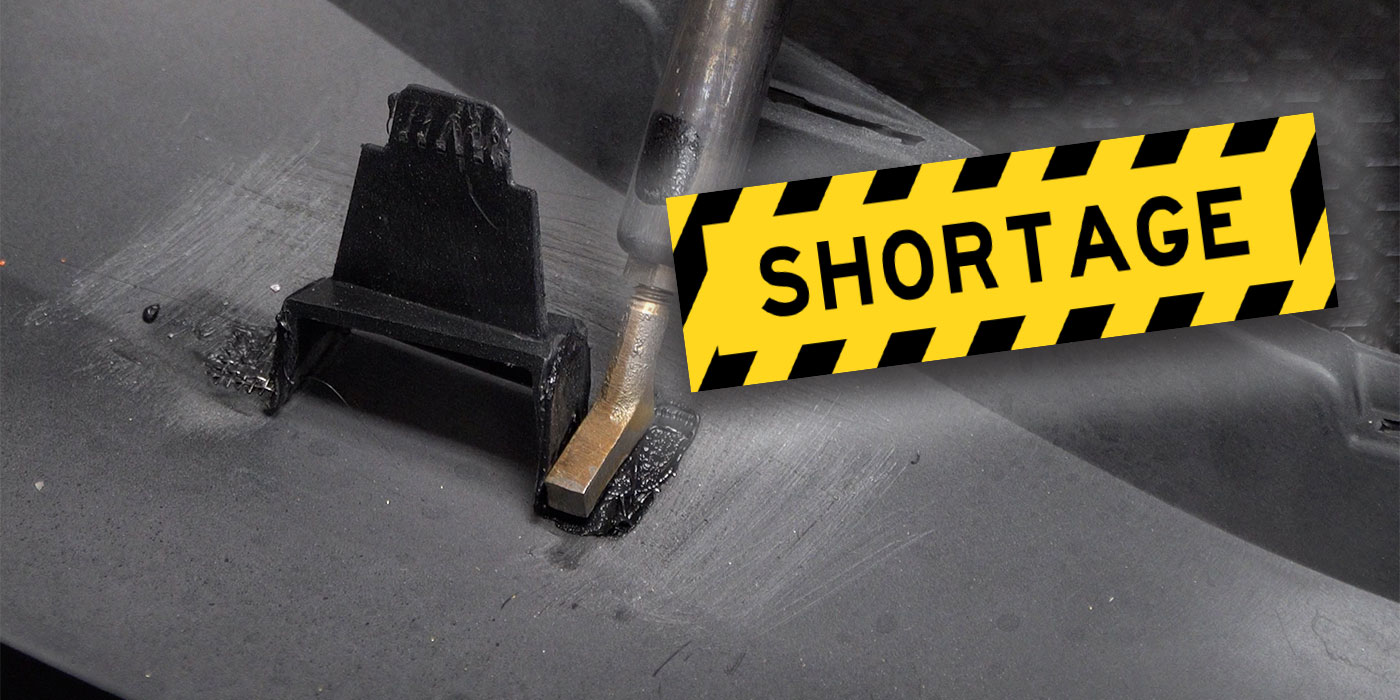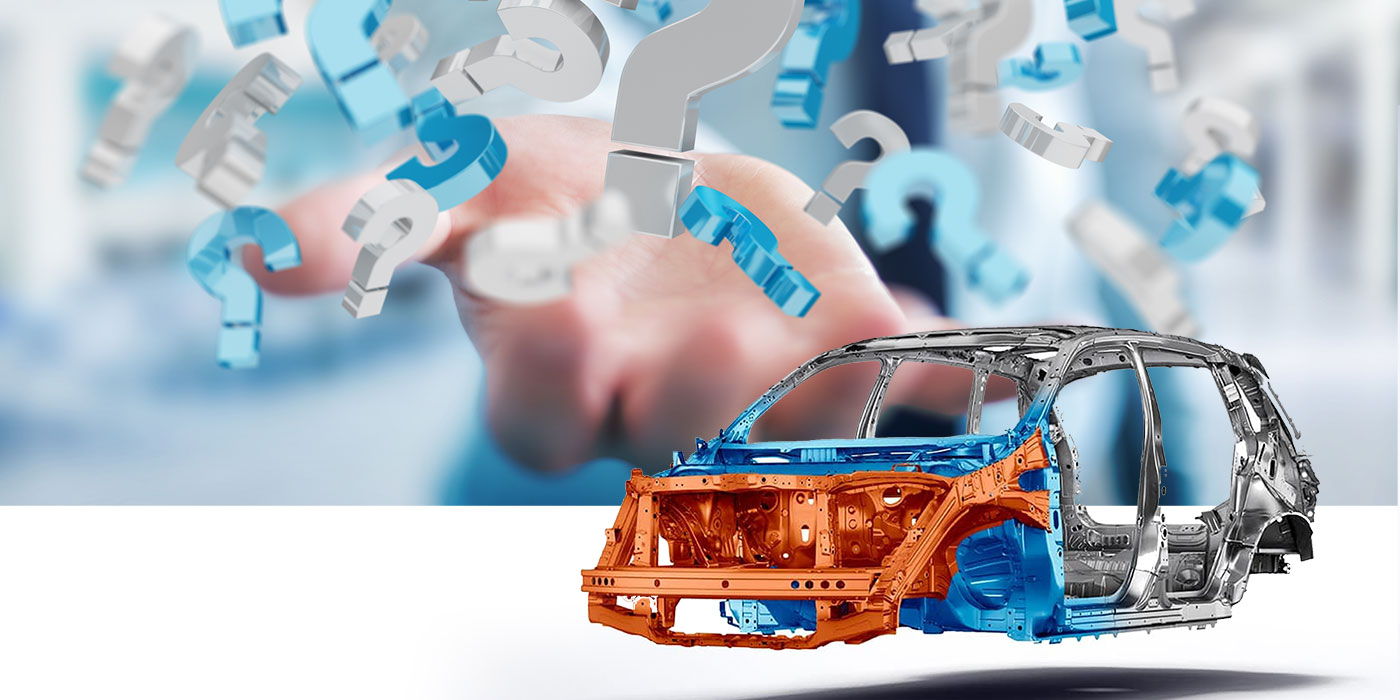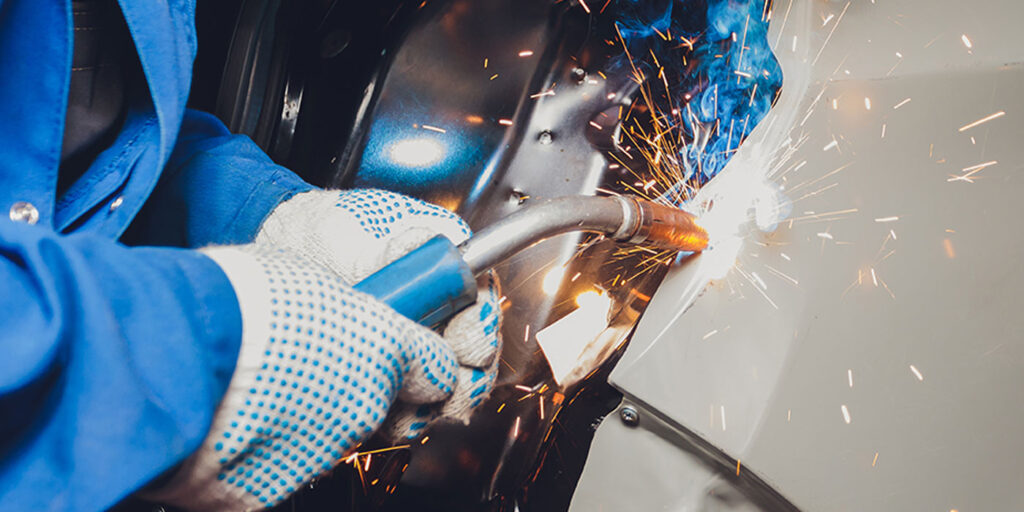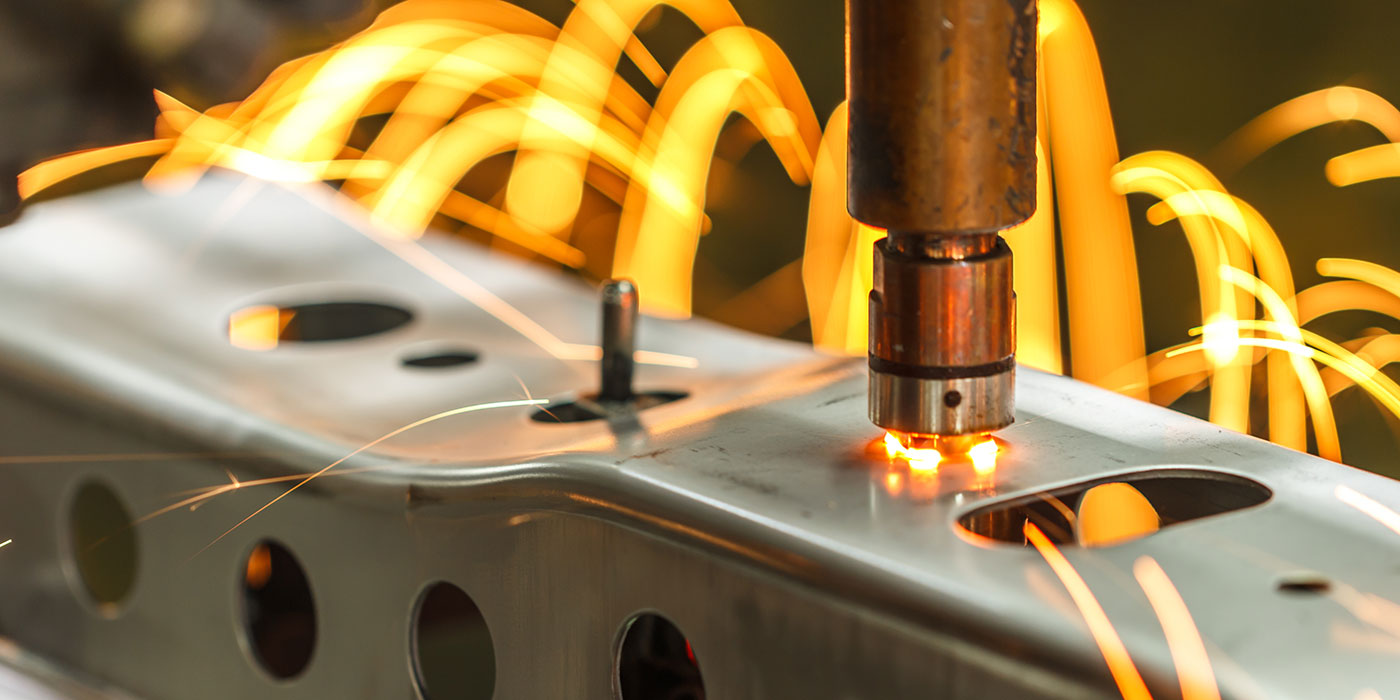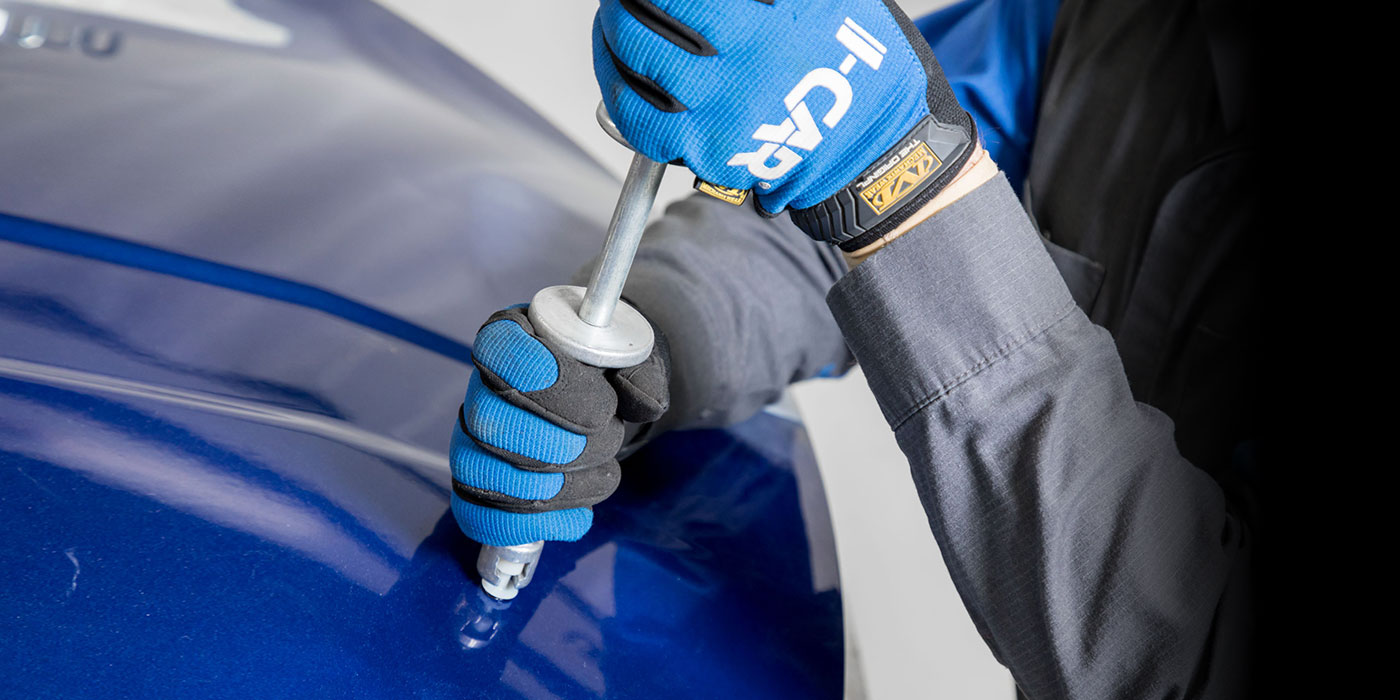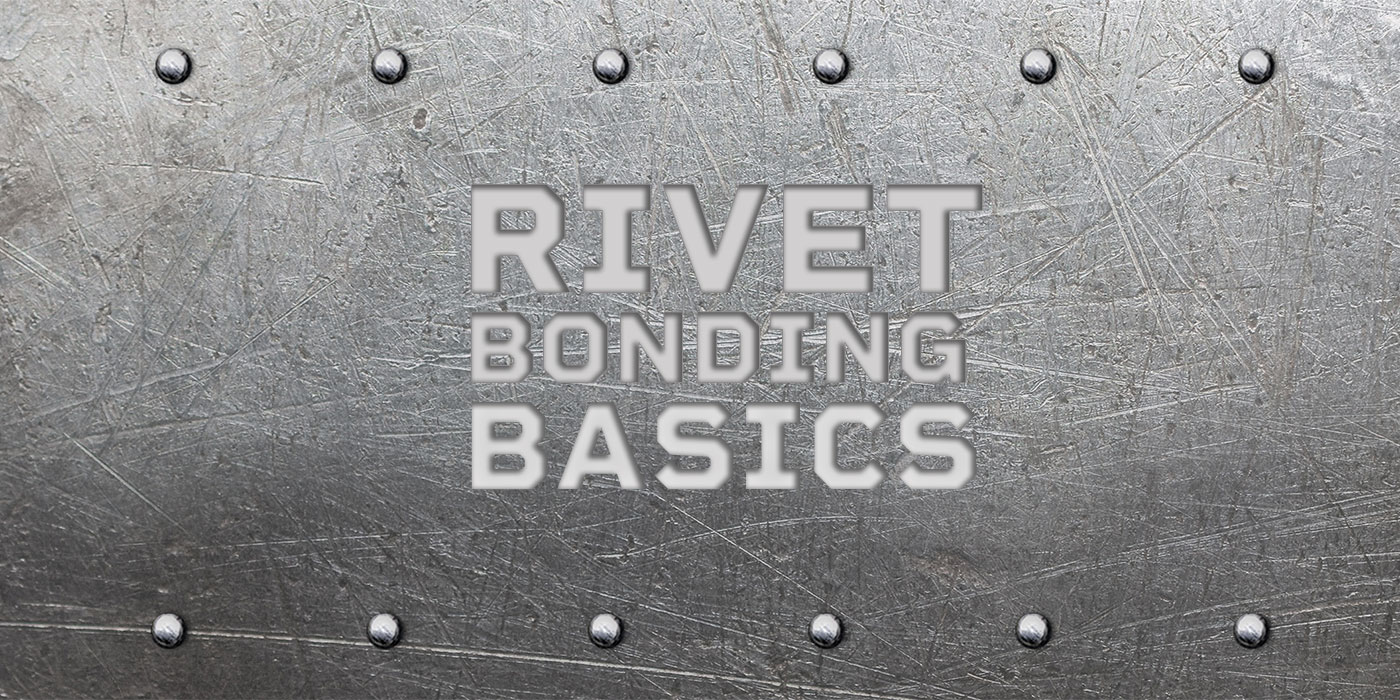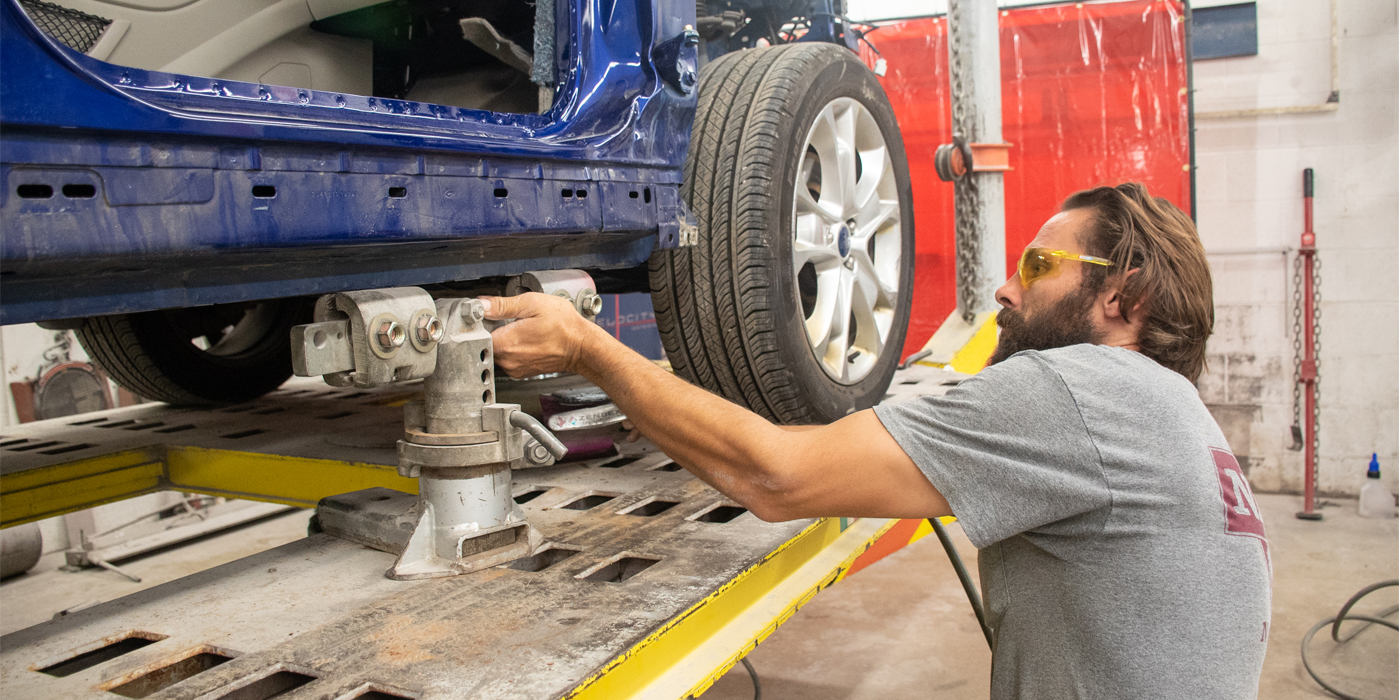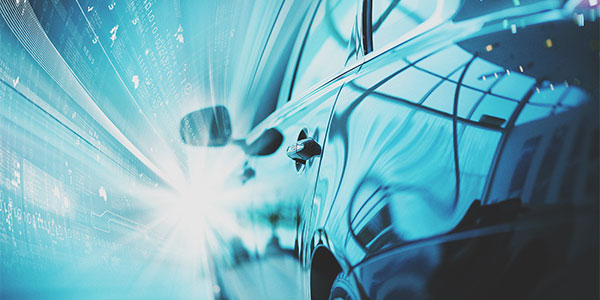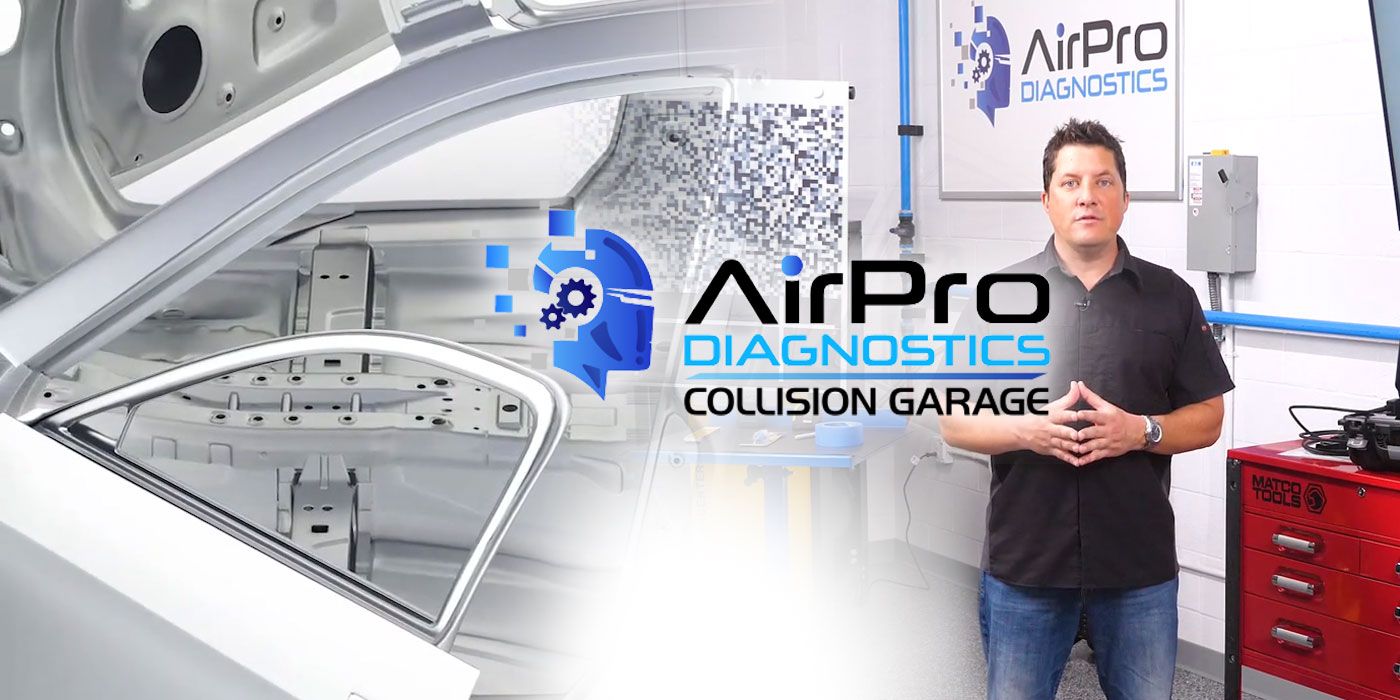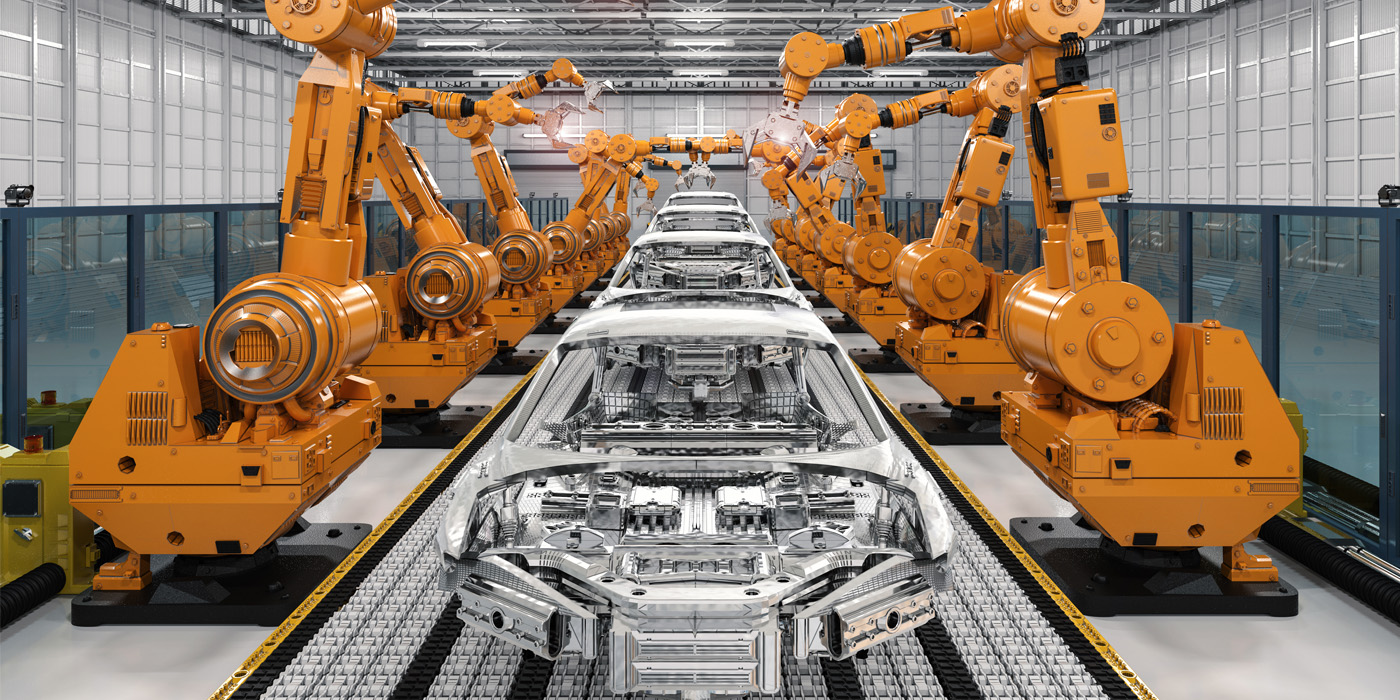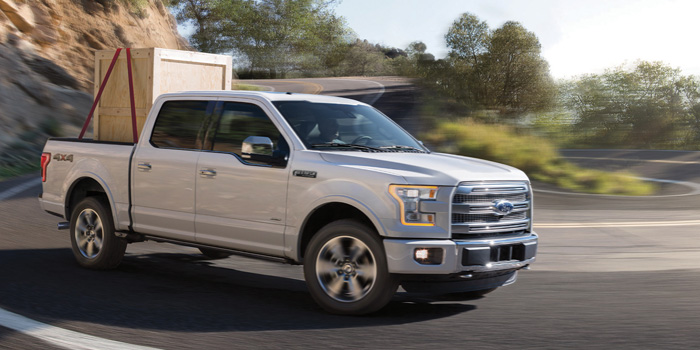
As the government CAFÉ mandates for fuel economy keep change in manufacturing automobiles at a furious pace, so too does it change the collision industry. Nobody knows the future of tomorrow’s automobile as new technology in metals, plastics and electronics are changing every day. It seems easy to pick a direction and go with it, but it’s not.
Steel/Carbon Fiber
Steel, the mainstay of automobiles for years, saw its market share eroded by aluminum. Aluminum was once too expensive to use, then manufacturers found more economic ways of producing it. But steels are fighting back with better manufacturing and lower costs for lighter and stronger versions.
Carbon fiber is becoming more talked about, too, but it’s very expensive to produce. Tomorrow, however, that could change. The point is, who knows? The automotive repair industry has become a master of adaptation, as we’re sometimes the last to know about these changes or are given only a short time to prepare.
Aluminum
Collision repairers have worked on aluminum for years. Because the parts were limited in use and aluminum-intensive vehicles were usually just high-end luxury models, most shops did not feel the need to carry equipment or train for aluminum repair. As for everyday vehicles that had aluminum panels, these panels were very expensive and there was no economic incentive to have the equipment or even to repair. The shops and insurance industry just replaced these panels. When Ford went high production mainstream, all of a sudden there was a need to get equipment and training. This was not about certain shops that handled those high-end vehicles; this was the everyday truck that’s on the road.
Learning Curve
When Ford released the news about the new F-150, many shops panicked. Shops today run on limited margins that are somewhat fragile. Labor costs and times have been a debate for a long time. Today’s shop owner needs to be a very savvy businessman and learn accounting and business management. This takes away from learning and keeping pace with vehicle repair. Very few people can master both. So a shop owner needs people who can keep up or train his techs, and that creates more costs or overhead. It’s a dilemma many shops face.
Facing the big change of preparing to repair the new F-150 was a gut-wrenching decision for all, what with the cost of equipment that was being proposed and the training of technicians.
The shop attitude toward change was also a major factor. It is, and was, a lot to deal with for any owner or manager. Change is very tough to work through. Unless there’s an economic incentive, many shops will struggle through any change. Although you may not see the benefits right away, there have been a great deal of benefits to the drive to repair more aluminum – but let me just say I tend to see the silver lining more than most.
Aluminum Equipment
First of all, I will tell all shops: no matter what change comes at you, do your research. How many of these vehicles will be on the road the first year? How many crashes? How many do they sell in your area? All these questions should be answered. Then, prioritize your purchases. What capabilities do you already have? What are you lacking? It’s not always, “You need this machine or that.” You may have one that’s capable already. Will the new equipment benefit you in other ways? What other vehicles require this type of repair? An example would be, “Can I use this to fix other vehicles?” Once people prepared for the F-150 and got to know how to work with aluminum, I started seeing more repairs on other aluminum panels that would have been replaced before.
ROI
ROI or return on investment is based on how much you do in work to pay for the investment. Many shops invested $40,000 or more to prepare for the F-150. To get that investment back will take some time. Some shops did some research and their due diligence on what they needed to get, which paid off as they found some savings. In many cases, there were other options that gave the same capabilities as to what was “recommended.”
Highs and Lows
The aluminum equipment “highs” were the fact that we got some great equipment that’s capable of working on more than just the F-150, such as welders that can MIG braze and weld frames on new steels. I see these welders sitting idle in shops not being used. To me, that’s crazy. They’re some of the best steel welders out there, so why not use them? Another example was new dent pullers that can work on the panels that were replaced before, opening up the ability to work on other aluminum projects such as boat trailers. Research can pay off and give you an ROI sooner.
The equipment lows were cost and ROI. Many waited for F-150s to show up at their shops, but no marketing was done to diversify into other capabilities that were learned. Do your estimators know what you can repair? Have you marketed that ability? The other more controversial side is the economic incentive to repair aluminum. Make no mistake, it takes more time to work with aluminum. Until that incentive is there, repair will be limited in effort.
Certification
If you’re going for a specific certification, you need specific equipment. This can be very costly. If you want to become capable of repairing aluminum, that’s a different consideration. Equipment purchases should be based on what you need to accomplish. With all the variables mentioned before and with many others, there are highs and lows to what is happening.
Training
Aluminum repair required technicians to take some training, which required time and money. It also led the industry to some good welders. The training pushed the industry to practice and learn new welding techniques. We all learned about dissimilar metals and differences in corrosions and all forms of oxidation. And we didn’t just learn about aluminum but improved our understanding of all aspects of repair. The use of rivets and adhesives all moved us forward as an industry. The cost of this training was enormous to all of the industry, both in time and dollars. And the reward may have been slow or maybe hasn’t come at all yet.
I’ve seen shops that have been working daily on aluminum, and others infrequently or not at all. The scale goes up and down. As more vehicles come out and aluminum grows in use, the return, although slow, will come. To others, it has already exceeded expectations.
The highs of training were needed knowledge and a chance to learn and upgrade our industry’s skills. Also, the knowledge gained to work on other aspects or to explore and diversify work being done in a shop. Increased revenue was a bonus to many shops who went after the work.
The lows were the expense and the time involved. These items turned many shops sour to change. Frustration is understandable. I actually see resentment in some shops. Many learned the skills awhile ago and can’t remember them as they have not needed them.
Longterm
Aluminum use is increasing. It may not be going crazy, but it’s increasing. Many have seen a great deal of mainstream work come to their door. Certified shops have seen an increase in use, too. Although some saw major increase in sales, many did not.
Change will keep happening. Some will benefit quickly, and others not so quickly. Due diligence can help improve your ROI. Just always look at the big picture.



